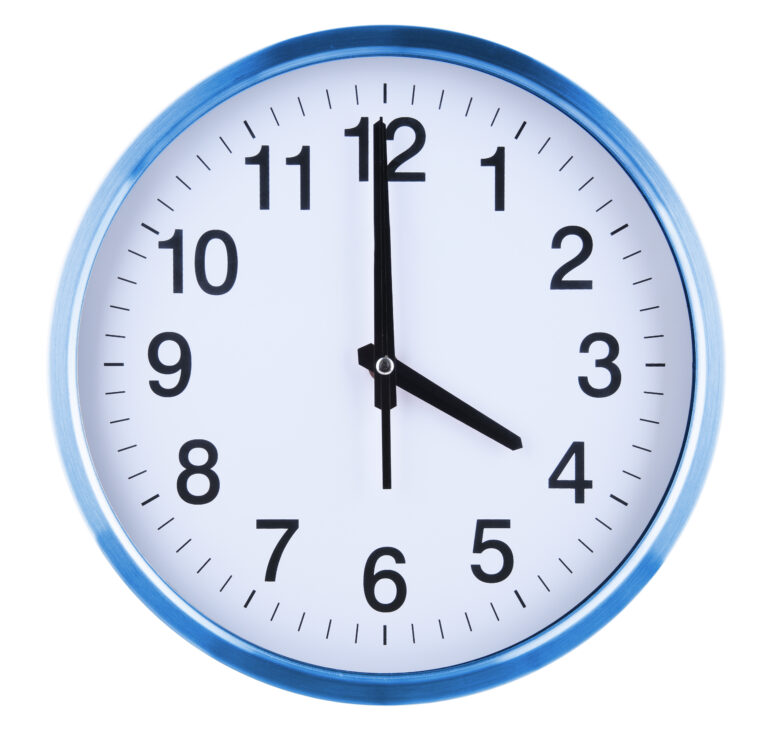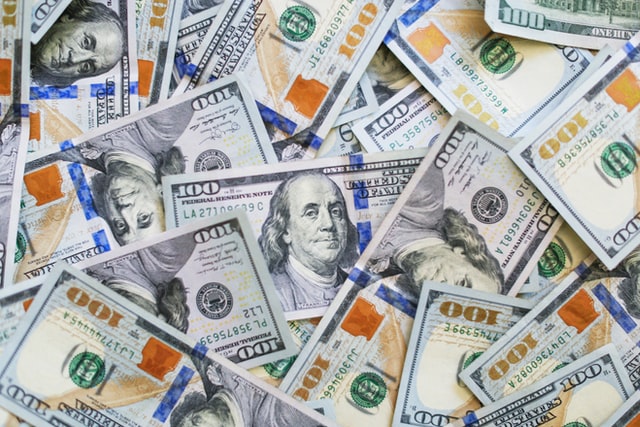### The Overlooked Link Between Keychain Designs and Routine Memory Triggers
When we think about memory aids, we often consider flashcards, sticky notes, and digital apps. However, there’s a simple yet powerful tool that can help us remember important information without much effort: keychains. In this article, we’ll explore how keychain designs can serve as effective routine memory triggers.
#### What Are Routine Memory Triggers?
Routine memory triggers are cues that help us recall information automatically, without needing to think about it. These triggers can be anything from a specific object to a particular action. For example, when you see your car keys, you might automatically think about your daily commute. This is because your brain has linked the sight of the keys to the routine of driving to work.
#### How Keychains Can Help
Keychains are small, portable items that can be easily attached to your keys, bag, or even your belt. They can be customized with various designs, from simple logos to intricate patterns. Here’s how keychains can become effective routine memory triggers:
1. **Visual Cues**: Keychains with specific designs can serve as visual cues. For instance, if you have a keychain with a Bible verse or a motivational quote, seeing it every time you use your keys can remind you to reflect on that verse or quote.
2. **Tactile Experience**: Keychains can also provide a tactile experience. If you have a keychain with different textures or shapes, touching it can stimulate your memory. This is especially useful for people who learn better through touch.
3. **Habit Formation**: Keychains can become part of your daily routine. For example, if you always check your phone or wallet before leaving the house, having a keychain with a specific design can become a habitual check-in point for your memory.
4. **Contextual Learning**: The context in which you learn something can significantly influence how well you remember it. If you learn a piece of information while holding a specific keychain, seeing that keychain later can serve as a contextual cue to recall the information.
#### Practical Examples
1. **Bible Verse Keychains**: Imagine having a keychain with a Bible verse printed on it. Every time you use your keys, you’ll see the verse and be reminded to reflect on it. This can be especially helpful for those who want to memorize scripture but struggle with consistent review.
2. **Customized Keychains**: You can customize keychains with personal messages, names, or dates. This makes them highly personalized and effective memory triggers. For example, if you have a keychain with your child’s name, seeing it every day can remind you to check in with them or make a call.
3. **Educational Keychains**: Keychains can also be used in educational settings. Teachers can give students keychains with important dates or historical events. This way, students will be reminded of these events every time they use their keys.
#### Conclusion
Keychains are often overlooked as memory aids, but they can be incredibly effective when used correctly. By incorporating keychain designs into our daily routines, we can create powerful visual and tactile cues that help us remember important information. Whether it’s a Bible verse, a personal message, or an educational fact, a customized keychain can become a reliable routine memory trigger.
In summary, the next time you think about memory aids, consider the humble keychain. It might just become your most reliable tool for remembering what matters most to you.





